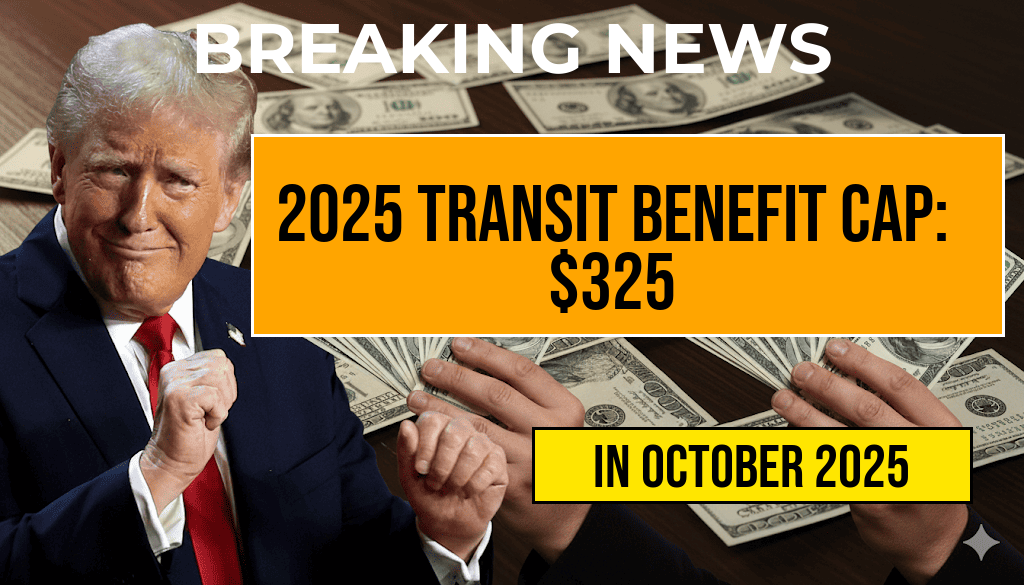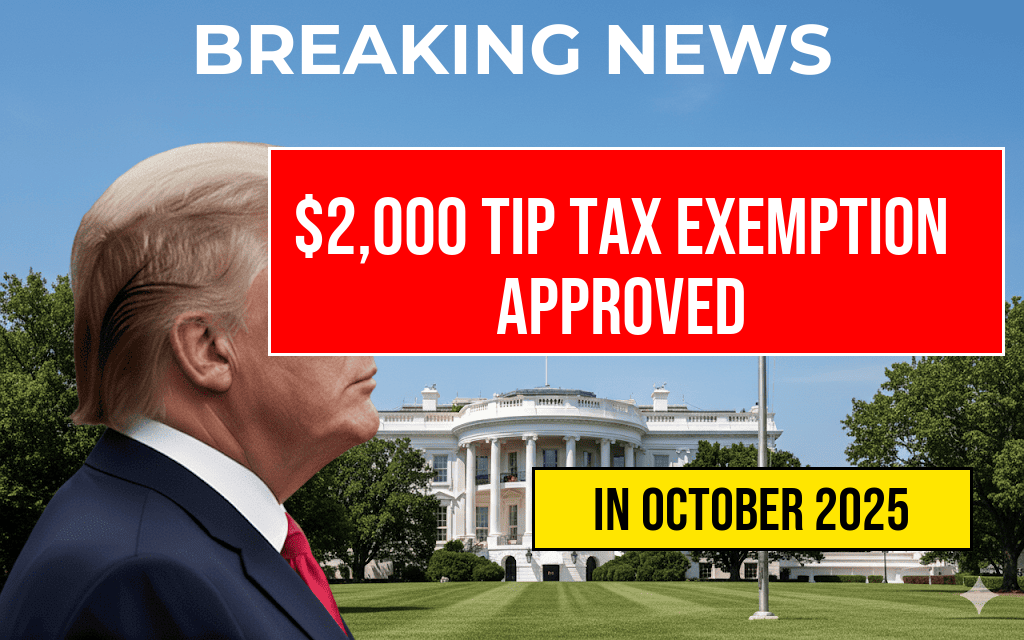The Internal Revenue Service (IRS) has announced that the monthly transit benefit cap for 2025 will be set at $325. This cap determines the maximum amount employees can exclude from their gross income when using pre-tax dollars to cover eligible public transportation and commuting expenses. The new limit represents a slight increase from the current cap, providing commuters with additional savings opportunities. As transportation costs continue to rise, understanding how this change impacts payroll deductions and overall benefits is critical for both employees and employers. This adjustment aligns with ongoing efforts to promote sustainable commuting options while offering tax advantages that can significantly reduce commuting expenses for American workers.
Understanding the Transit Benefit Cap
The transit benefit program allows employees to set aside pre-tax dollars to pay for eligible transportation expenses, including transit passes, vanpooling, and commuter benefits. The IRS establishes an annual cap on these benefits to prevent abuse of the tax exclusion while encouraging public transit use. For 2025, the cap has been increased to $325 per month, up from the previous limit of $280 in 2024. This adjustment reflects inflationary pressures and aims to support commuters amid rising transportation costs.
Impact on Employees and Employers
The increase in the monthly cap offers tangible benefits for employees who rely on public transportation. Those who previously maximized their benefits close to the $280 limit can now allocate an additional $45 per month tax-free, effectively reducing their commuting costs. For employers, offering flexible transit benefits can enhance employee satisfaction and retention, especially as commuting expenses become more burdensome.
How the Cap Affects Monthly Savings
| Employee Commute Cost | Previous Cap ($280) | New Cap ($325) | Additional Monthly Savings |
|---|---|---|---|
| $300 transit expense | $300 (fully covered) | $300 (fully covered) | $0 |
| $350 transit expense | $280 (max benefit) | $325 (max benefit) | $45 |
| $400 transit expense | $280 | $325 | $45 |
Employees who spend more than the previous cap can now benefit from an increased tax-free amount, lowering their out-of-pocket expenses. For instance, a commuter with $350 monthly transit costs can now exclude $325 from taxable income, saving approximately 22-24% on federal income taxes depending on their tax bracket.
Legal and Policy Context
The IRS’s adjustment of the transit benefit cap aligns with broader policies aimed at reducing traffic congestion and promoting environmentally friendly transportation. The cap was first introduced as part of the Transportation Benefits Program, which incentivizes public transit use by providing tax advantages. The cap has increased periodically to reflect inflation, with the 2025 increase marking the fifth consecutive year of upward adjustments.
Practical Considerations for Employers
Employers should review their commuter benefit plans to ensure compliance with the new cap. Offering flexible transportation benefits can boost employee morale and aid in recruitment, especially as many workers seek sustainable commuting options. Employers can also consider partnering with transit agencies to provide discounted passes or implementing payroll deduction systems that automatically adjust to the new limit.
Additional Resources and Future Outlook
The IRS typically announces annual updates to benefit limits in the fall, with the 2025 figures confirmed in recent guidance. For detailed information on eligible expenses and plan administration, consult resources like the IRS Publication 15-B or explore updates from the U.S. Department of Transportation.
As transportation costs and environmental concerns remain prominent issues, the continued evolution of transit benefits is expected. Policymakers and employers are increasingly focusing on making sustainable commuting options accessible and financially advantageous for workers across the country.
Frequently Asked Questions
What is the new 2025 Transit Benefit Cap?
The 2025 Transit Benefit Cap has been set at $325 per month, allowing employees to receive up to this amount in tax-free transit benefits.
How does the Transit Benefit Cap affect my monthly savings?
The cap enables employees to save on taxes by using pre-tax dollars for commuting expenses up to $325 each month, leading to increased monthly savings.
Who is eligible for the 2025 Transit Benefit?
Eligible employees working for organizations that offer transit benefits can take advantage of the cap, provided their employer participates in transit benefit programs.
Are there any restrictions on the types of transit expenses covered?
Yes, the benefits typically cover expenses such as public transportation, commuter rail, and bus fares. Certain expenses like parking or taxis may not be eligible.
When will the 2025 Transit Benefit Cap take effect?
The new cap of $325 per month is scheduled to take effect in 2025, allowing employees to plan for tax-advantaged transit savings starting from that year.







